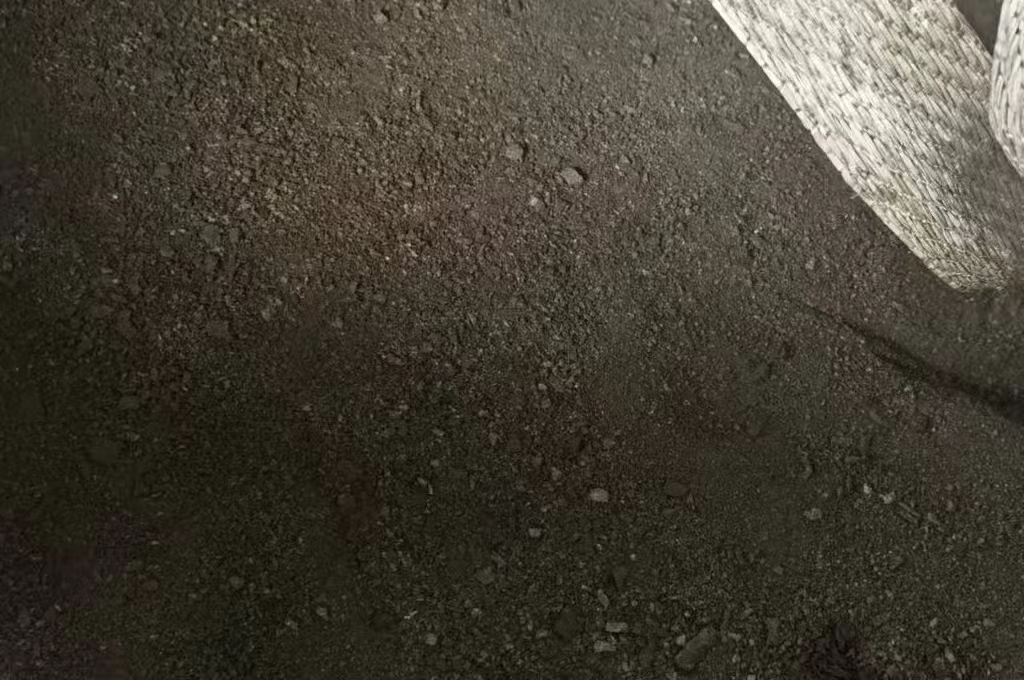The graphite powder is a finely crushed graphite. Graphite itself is a crystalline form of the element carbon. This grayish powder features a soft texture and metallic finish. It has several unique properties, making it useful in various industries. This post makes you familiar with graphite powder and its primary characteristics. Let us start it.
Table of Contents
Toggle
How to Make Graphite Powder?
Graphite is found in metamorphic rocks across the world. China, Russia, South Korea, and Brazil are the top producers of this natural material.
After extracting from mines, the large pieces of graphite are crushed in a manufacturing unit. Some industries use graphite scraps to make powder out of it. The process turns them into powdery form. Later on, this powdered graphite passes through the purification process. It removes all the impurities from the powder.
In some cases, manufacturers give thermal treatment to graphite powder. It involves heating graphite powder at high temperatures. The process enhances purity.
What are the Characteristics of Graphite Powder?
Electrical Conductivity
Powdered graphite has high electrical conductivity, thanks to its carbon atoms arranged in hexagonal rings. It allows electrons to carry electrical charge between layers effortlessly.
As graphite conducts electricity excellently, companies also use it to make carbon brushes, batteries, and electrodes.
Heat Resistant
Another feature that makes it unique is its capability to withstand high temperatures. Its melting point is above 3000°C in a non-oxidizing environment. Consequently, chemical and nuclear industries have been using it excessively.
Non Toxic
If you are using the purest form of powdered graphite, it is non-hazardous to humans. Additionally, it does not have any taste or fragrance.
In short, graphite powder is safe for human health during different engineering processes.
lubricating
Powdered graphite is also renowned for its slip-resistant nature. Its fine particles stick to the surface of an object and make it smooth. Therefore, graphite-based lubricants are prevalent in the market.
Chemical Inert
Graphite does not react to chemicals at regular temperatures. It remains stable even if you add it to alkalis and solvents. The carbon structure of graphite powder is stable. Its atoms create a strong bond in a hexagonal lattice.
Thermal Shock Resistant
Besides electrical conductivity, it is renowned for its resistance against thermal shock. It does not make any changes in its compound in rapid temperature changes.
Graphite powder uses:
Graphite powder lubricant: Especially under high temperature or high pressure conditions, such as metal processing, automobile engines and industrial equipment.
High temperature materials: Graphite has high thermal stability and can be used as heat exchange materials, heating elements and furnace materials at high temperatures.
Conductive materials: It can be used as a conductive additive in conductive inks, conductive coatings and antistatic materials.
Battery and electrode materials: It is one of the key components of lithium-ion batteries and is used to make negative electrode materials for batteries.
Steel industry: In eaf steel smelting, manufacturers can use graphite powder as an additive to carbon alloys to improve the performance of steel.
Aerospace: Graphite materials are used in the aerospace field to manufacture aircraft and satellite components due to their light weight and high strength.
Nuclear energy: In the nuclear industry, graphite is used as a coolant and structural material for nuclear reactors due to its good neutron thermal conductivity.
Where to buy graphite powder?
It depends on how you use the graphite powder. If it is used as a carburizer in the metallurgical industry or steel mills, you can contact graphite electrode manufacturers to buy it. If it is used as a lubricant, negative electrode material or conductive material in the battery industry, chemical industry or mechanical industry, you can contact natural flake graphite powder manufacturers to buy it.
Conclusion
It is a quick guide about graphite powder. This fine-grounded grayish-black powder has various properties, making it suitable for different applications. From electronics, automotive to aerospace, several industries have been using it. Its specific application areas will continue to expand with the advancement of new material technologies and processes.
FAQS:
Is graphite powder toxic?
Under normal conditions, graphite powder is non-toxic. However, long-term inhalation of dust may cause respiratory irritation. Under working conditions, dust masks need to be worn.
What are the types of graphite powder?
Generally, we divide it into natural graphite powder and artificial graphite powder. The former is made of flake graphite, earthy graphite, etc. The latter is made by high-temperature graphitization, and its purity is higher.
What is the difference between graphite powder and graphene?
First of all, the structure is different. Graphite powder is stacked by multiple layers of graphite sheets, while graphene is composed of a single layer of carbon atoms. Secondly, graphite powder is not as conductive and strong as graphene. Finally, the uses are also different.

